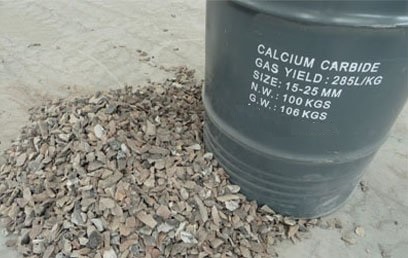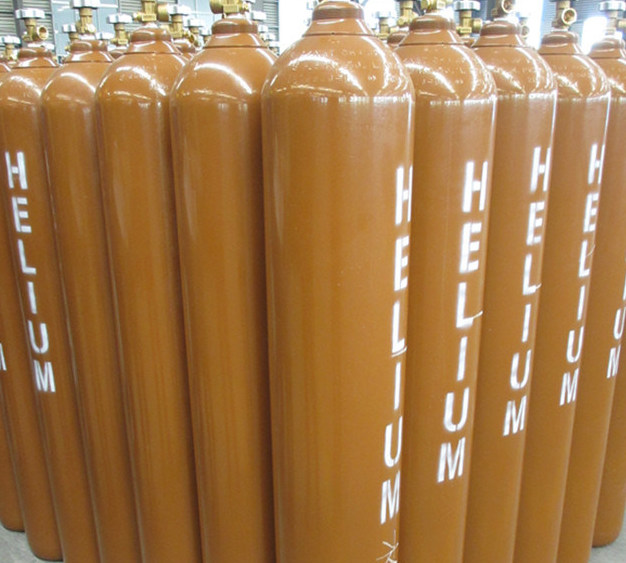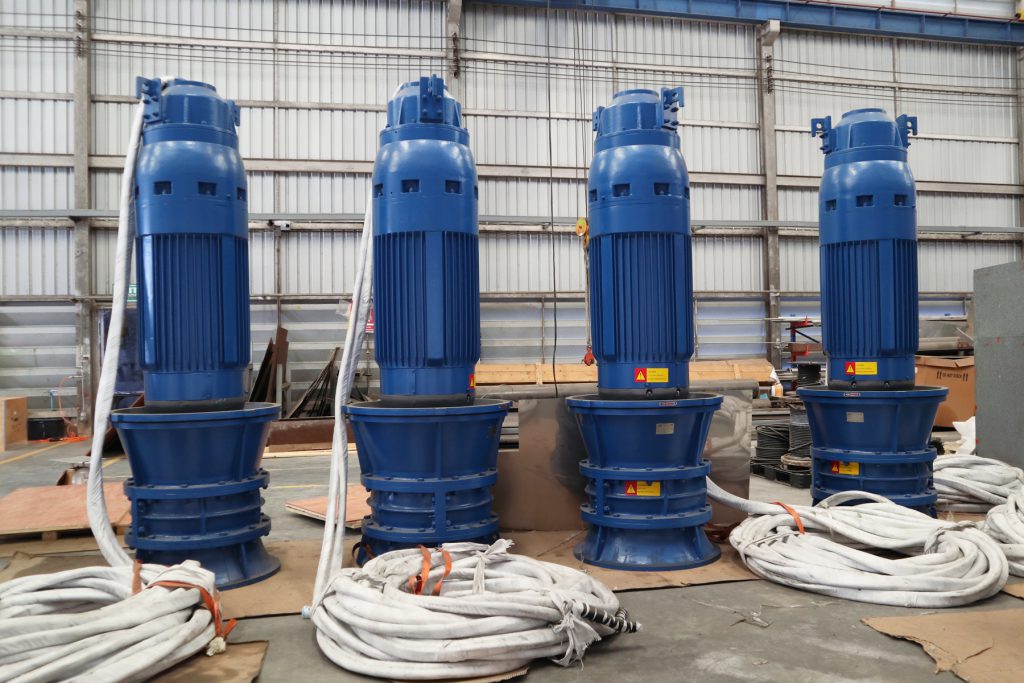
One of the key factors propelling the calcium carbide market growth over 2022-2028 is the growing use of acetylene gas in various industrial applications. For instance, acetylene gas is used in oxy-acetylene welding, which relies on the combustion of fuel gas and oxygen. Known also as gas welding, this process is used largely for the welding of thin metal sections, as well as for heating applications like releasing frozen nuts and bolts, soft soldering, and heating heavy stock for bending. The emergence of this process is driving up the need for acetylene gas, which will in turn boost calcium carbide market share, given the chemical’s key role in the production of acetylene.
–
–

Uses of Helium
Helium has a number of properties that make it exceptionally well-suited for certain uses. In some of these uses, helium is the best possible gas to use, and in a few, there is no adequate substitute for helium. Several uses of helium along with the properties that make it suitable for use are described below;
- Magnetic Resonance Imaging
- Lifting Gas
- Purging Gas
- Controlled Atmosphere Manufacturing
- Leak Detection
- Breathing Mixtures
- Welding Gas
–
–

A submersible pump (or electric submersible pump (ESP)) is a device that has a hermetically sealed motor close-coupled to the pump body. The whole assembly is submerged in the fluid to be pumped. The main advantage of this type of pump is that it prevents pump cavitation, a problem associated with a high elevation difference between the pump and the fluid surface. Submersible pumps push fluid to the surface, rather than jet pumps, which create a vacuum and rely upon atmospheric pressure. Submersibles use pressurized fluid from the surface to drive a hydraulic motor downhole, rather than an electric motor and are used in heavy oil applications with heated water as the motive fluid.